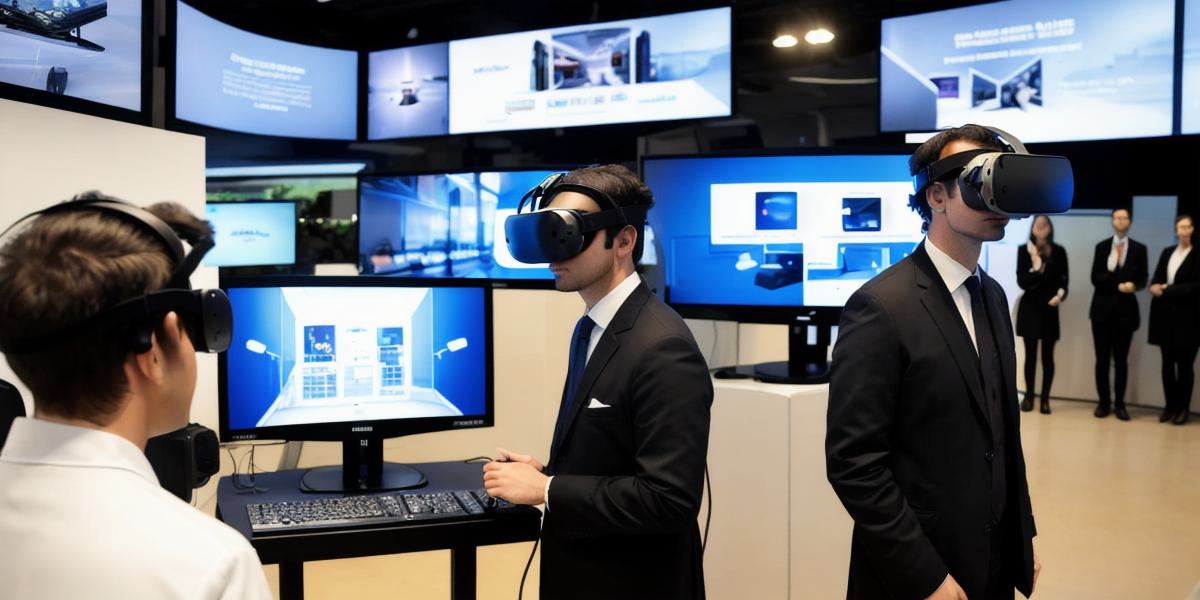Introduction:
In recent years, there has been a growing interest in simulated reality experiences, from virtual games to immersive workplaces. While these simulations can provide a unique and engaging experience for users, it’s important to understand the gap between simulation and reality. In this article, we will explore the differences between simulated and real-life experiences and their implications on human behavior.
Section 1: The Role of Imagination in Simulation
One of the main differences between simulation and reality is the role of imagination. In a simulated environment, users rely heavily on their imagination to create the experience they want. They use their senses to interpret what they see and hear, and they fill in the gaps with their own personal experiences and beliefs. This can lead to a more personalized experience, as each user sees and interprets things differently.
Section 2: The Differences Between Virtual and Augmented Reality
Virtual reality (VR) and augmented reality (AR) are two different types of simulation that offer unique experiences for users. VR is a fully immersive experience, where users are completely surrounded by a digital world. AR, on the other hand, adds digital elements to the real world, enhancing the user’s experience. While both types of simulations offer unique experiences, there are some key differences between them.
Section 3: The Impact of Simulation on Behavior
Simulated environments can have a significant impact on human behavior. For example, studies have shown that users who spend time in virtual environments tend to be more empathetic and open-minded than those who only experience reality. This is because simulated environments allow users to explore different perspectives and experiences, which can broaden their worldview.
Section 4: The Ethical Implications of Simulation
While simulations offer many benefits for users, there are also ethical concerns that need to be addressed. For example, some have raised concerns about the potential for addictive behavior or the erosion of reality as people spend more time in simulated environments. Additionally, there are questions about who owns the data and experiences generated by these simulations, and how they should be used.
Summary:
The gap between simulation and reality is an interesting and complex topic that has important implications for human behavior. While simulations can provide a unique and engaging experience for users, it’s important to understand their limitations and potential pitfalls. As simulated environments continue to evolve, we must remain vigilant in considering the ethical implications of these technologies and ensure that they are used responsibly.
